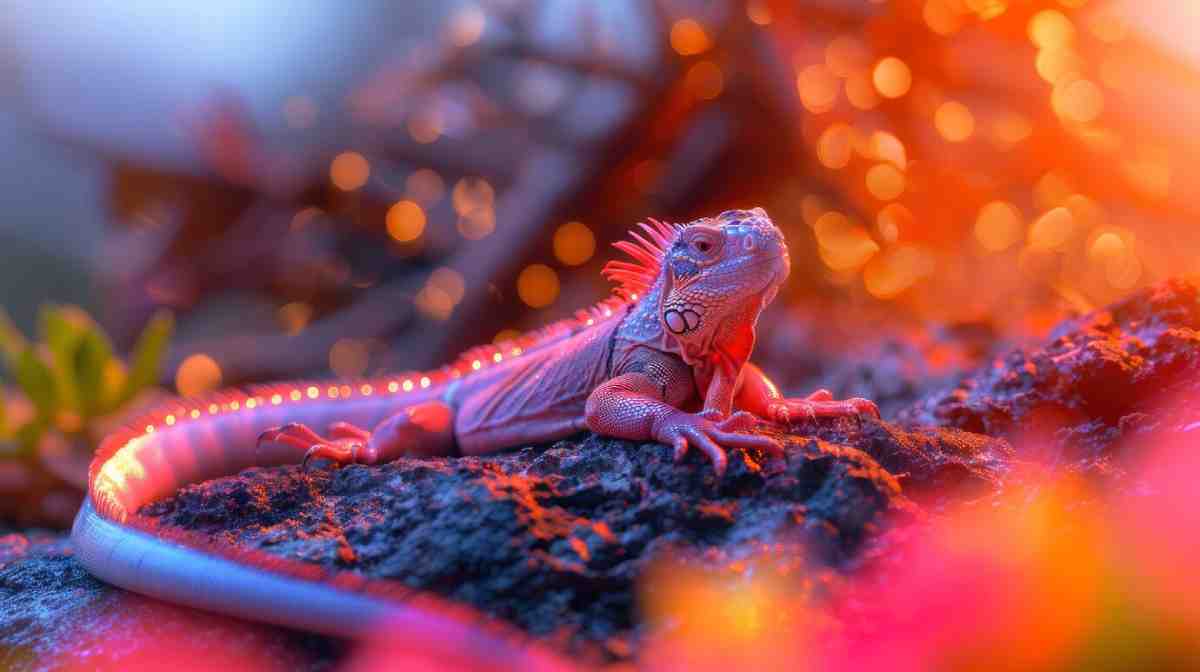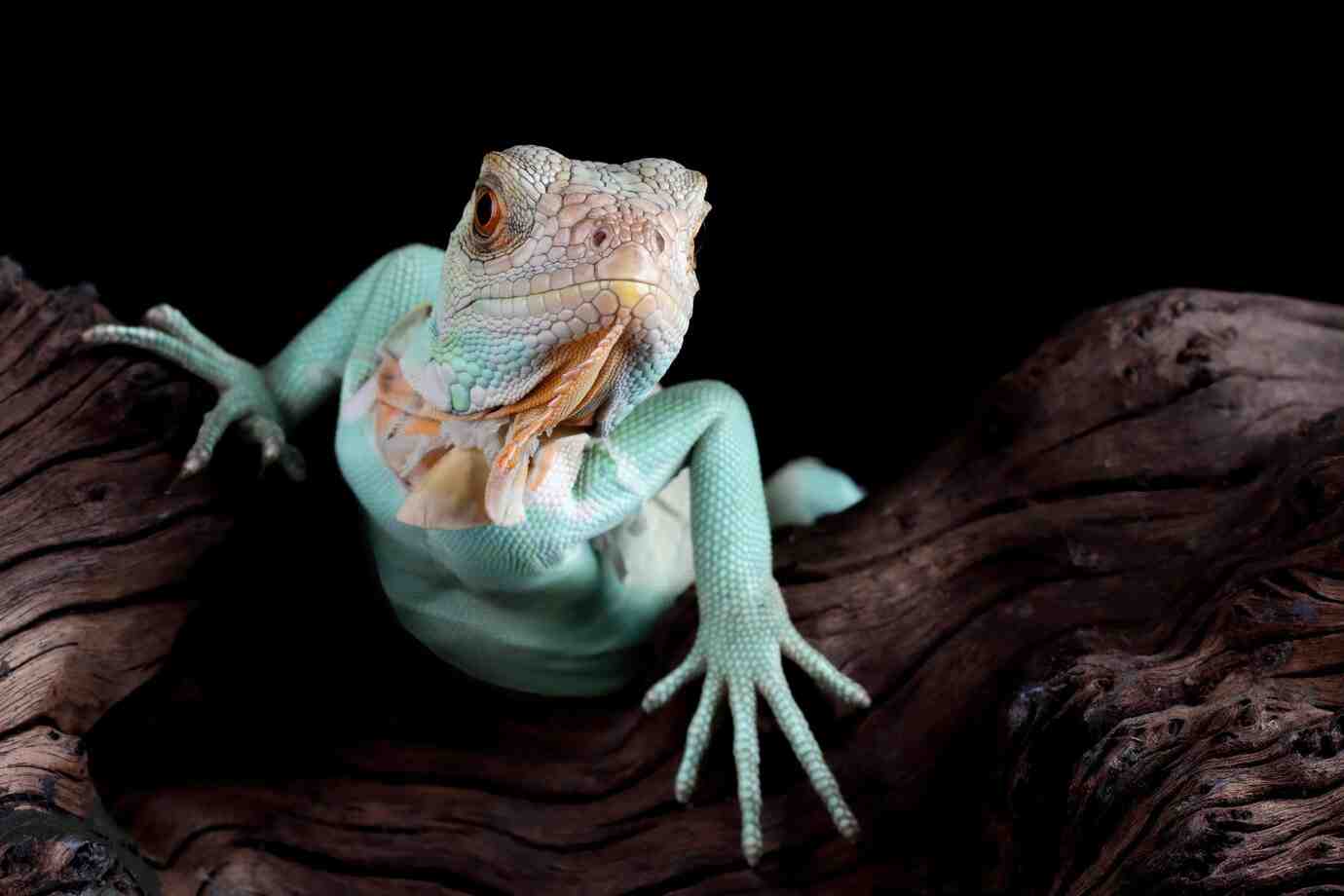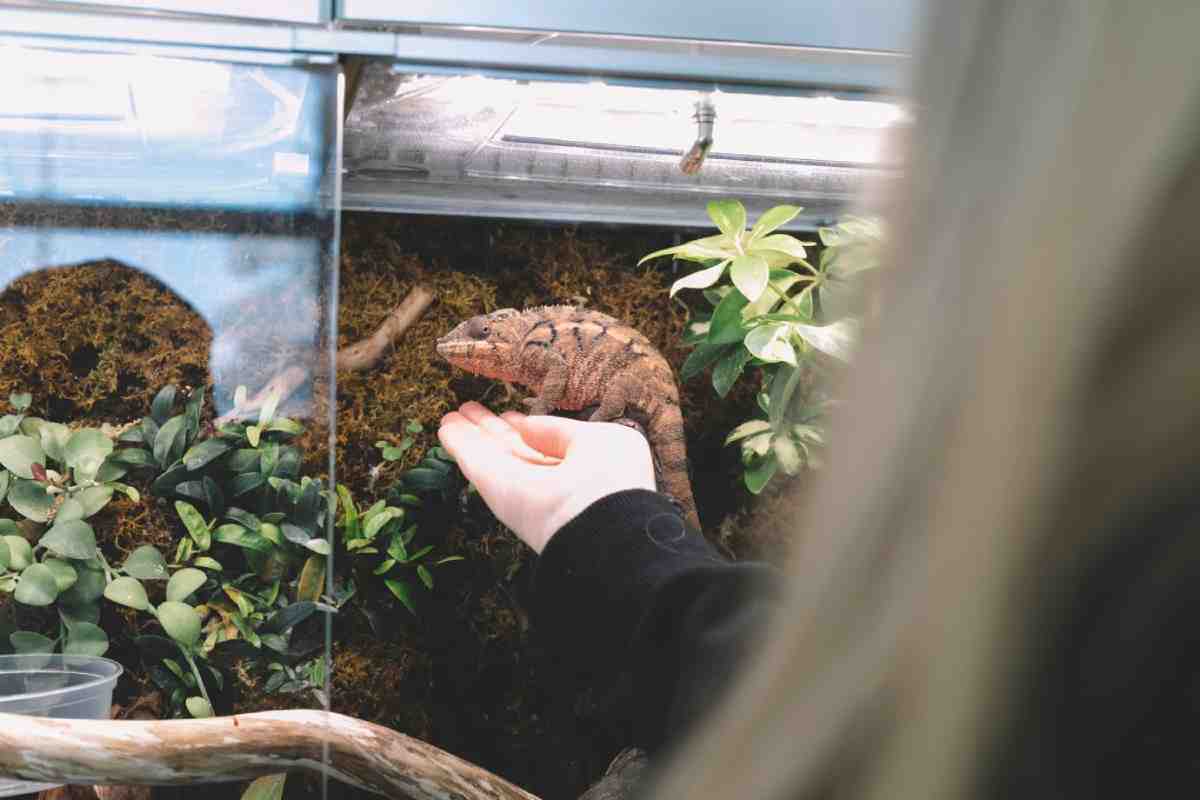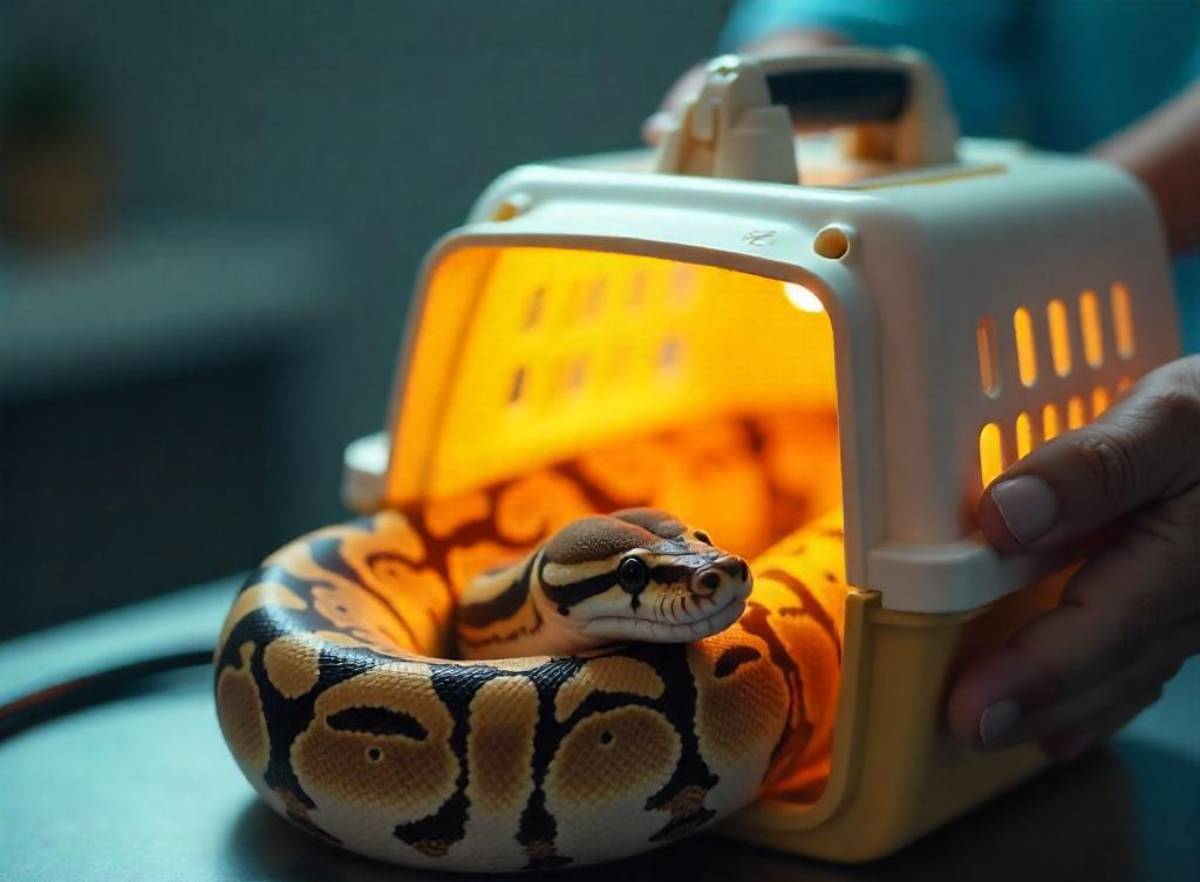
How to Travel Safely with Exotic Reptiles
Travelling with reptiles requires careful planning, not just packing a suitcase and leaving. Reptiles react strongly to temperature, stress, and handling. So, moving them safely is very important.
This guide will help you travel with reptiles. It works for holidays, moving, or vet visits. You’ll learn smart tips to reduce stress and ensure a safe, smooth journey. You’ll learn how to pick the right carriers and use best practices for transporting exotic pets.
Pro Tip: Plan every journey around your reptile’s needs first. Safe travel means fewer surprises and less stress.
Quick Guide: What Reptiles Need for Travel

- A secure, well-ventilated carrier
- Proper heat retention without overheating
- Minimal noise and vibration
- Reduced light and visual stimulation
- Stable positioning during the trip
- Fast access to emergency supplies
Important: Your reptile’s travel setup should be calm, dark, and temperature-controlled.
Step-by-Step: How to Travel with Exotic Reptiles
Step 1: Choose a Proper Travel Carrier
The right carrier is essential for safe reptile transport.
| Feature | Why It Matters |
| Sturdy plastic or foam box | Prevents escape and protects from bumps |
| Locking lid with air holes | Ensures safety and ventilation |
| Non-slip liner (paper towel) | Easy to clean and keeps your reptile stable |
| Dark or covered sides | Reduces stress from light and movement |
Quick Tip: Use a separate carrier from the home tank. Never travel with a full vivarium.
Step 2: Maintain Safe Temperatures
Reptiles rely on their environment to regulate body heat. Keep temperatures steady.
- Use heat packs in cold weather (wrap them in cloth)
- Use a cooler box or insulated carrier in hot weather
- Monitor temperature with a portable thermometer
- Never place carriers in direct sun
Species Ideal Travel Temp Leopard Gecko 24–28°C Bearded Dragon 27–32°C Ball Python 25–30°C Crested Gecko 22–26°C Pro Tip: Always test heat packs before using. Some can overheat if not wrapped properly.
Step 3: Limit Movement and Light
Too much stimulation leads to stress. Keep the trip calm.
- Cover the carrier with a towel or blanket
- Keep noise low (avoid loud music)
- Minimise stops or unnecessary handling
- Avoid placing the carrier near speakers or vents
Quick Tip: Keep the car temperature comfortable for you – it usually suits your reptile too.
Step 4: Prepare Travel Supplies
Always pack for the unexpected.
Item Use Spare carrier or box In case of accidents or breakage Paper towels Clean-up and lining replacements Hand sanitiser Hygiene when handling reptiles on the go Spray bottle For misting if humidity is needed Thermometer To track carrier conditions Torch For visibility during night travel Pro Tip: Keep a zip bag with essentials in the glovebox or under the seat.
Step 5: Plan Feeding Around Travel
Avoid feeding your reptile just before the trip.
- Reptiles should travel on an empty stomach to avoid regurgitation
- Feed them 24–48 hours before travel (species-dependent)
- Provide hydration before departure if needed
- Don’t place live feeders in the carrier
Quick Tip: For longer trips, offer hydration with drops or misting instead of full water bowls.
Step 6: Know the Laws and Transport Rules
If you’re travelling across regions or borders, check for regulations.
- Some species require permits or proof of origin
- Airlines have strict exotic pet transport policies
- Use IATA-approved containers for air travel
- Always call ahead to confirm pet travel rules
Travel Type Considerations Car Most flexible, but check local transport laws Train Ask about pets and carry-on guidelines Plane Requires advance approval and airline-specific carriers Pro Tip: Keep documents in a waterproof pouch, including health records or ID.
Long-Distance or Overnight Travel
For longer trips:
- Stop to check your reptile every 2–4 hours
- Keep the carrier level and secure in the car
- Avoid extreme climates or overpacked schedules
- Book pet-friendly hotels if staying overnight
- Do not leave reptiles in parked vehicles
Sustainability Note: Bring reusable water bottles and avoid disposable liners when possible.
Post-Travel Care
Once you reach your destination:
- Let your reptile rest in a quiet area
- Check for signs of dehydration or stress
- Offer water or misting depending on species
- Wait several hours before feeding again
- Reintroduce them to their home tank slowly
Watch for signs of concern:
- Lethargy
- Refusal to eat for more than 2–3 days
- Excessive hiding or stress movements
Common Mistakes to Avoid
Mistake Fix Using glass tanks for travel Use plastic or foam boxes with lids Forgetting temperature control Always pack a thermometer and backup heat source Feeding too close to travel Allow time for digestion Over-handling during the journey Let them rest quietly Frequently Asked Questions
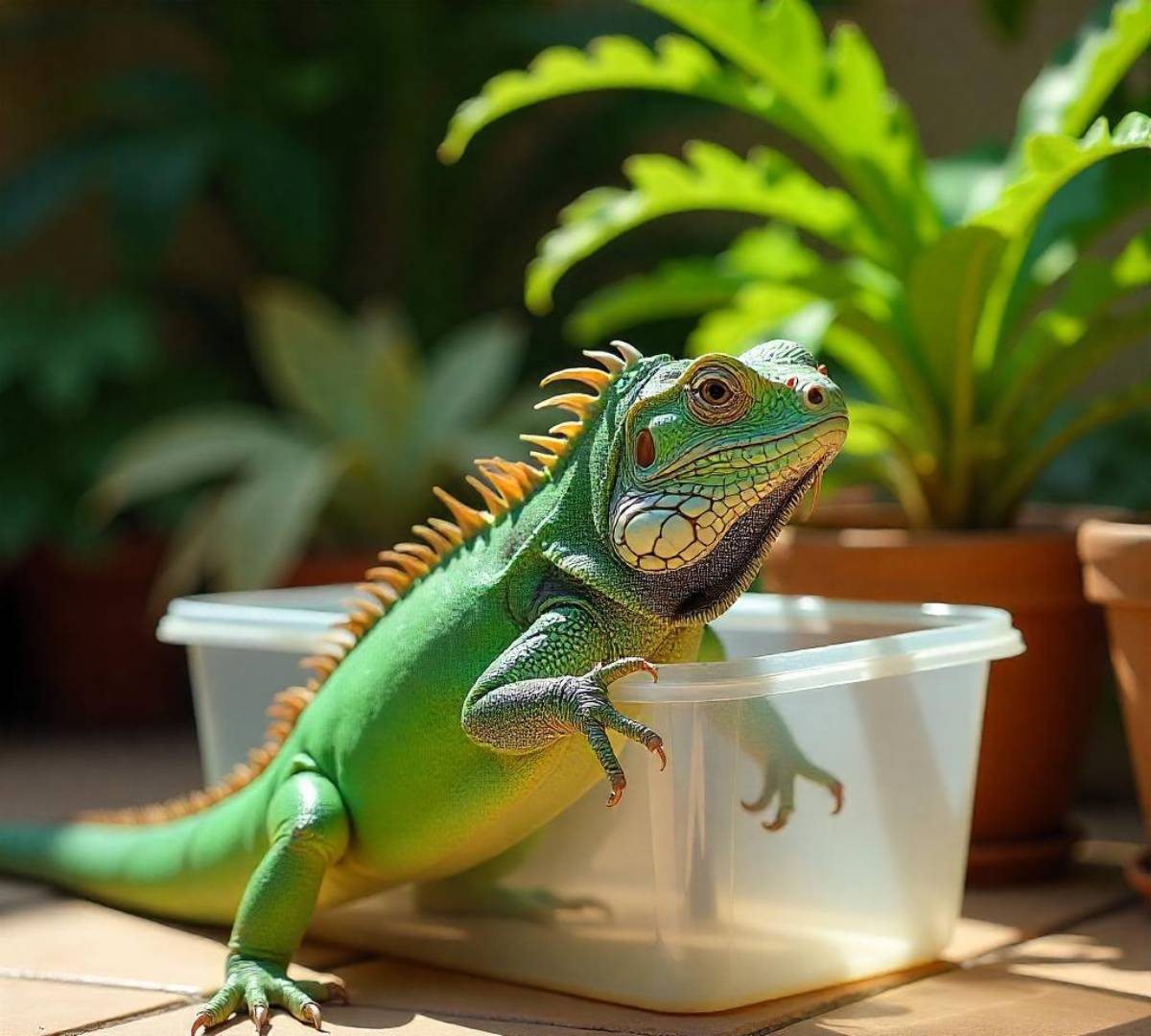
Can I travel with multiple reptiles in one carrier?
No. Always use one carrier per animal to avoid stress and injury.
Do I need a vet check before travelling?
Not always, but it’s a good idea if you’re travelling far or across borders.
How long can a reptile stay in a travel box?
Most can handle 12–24 hours with proper temperature and minimal stress. Beyond that, make comfort stops.
Is it safe to fly with reptiles?
It can be, but only with proper approval, containers, and airline policies. Cargo hold temperatures and pressure must be reptile-safe.
What if my reptile stops eating after the trip?
Give them time to settle. If they don’t eat after 3–4 days or show signs of illness, see a reptile vet.
Travel Smart, Travel Safe
With the right planning, travelling with reptiles can be safe and stress-free. The key is preparation. Follow these reptile travel tips. Use proper enclosures and know the rules for transporting exotic pets. This way, you can have a calm journey and a smooth arrival.
Plan ahead. Stay calm. Keep your reptile safe.
